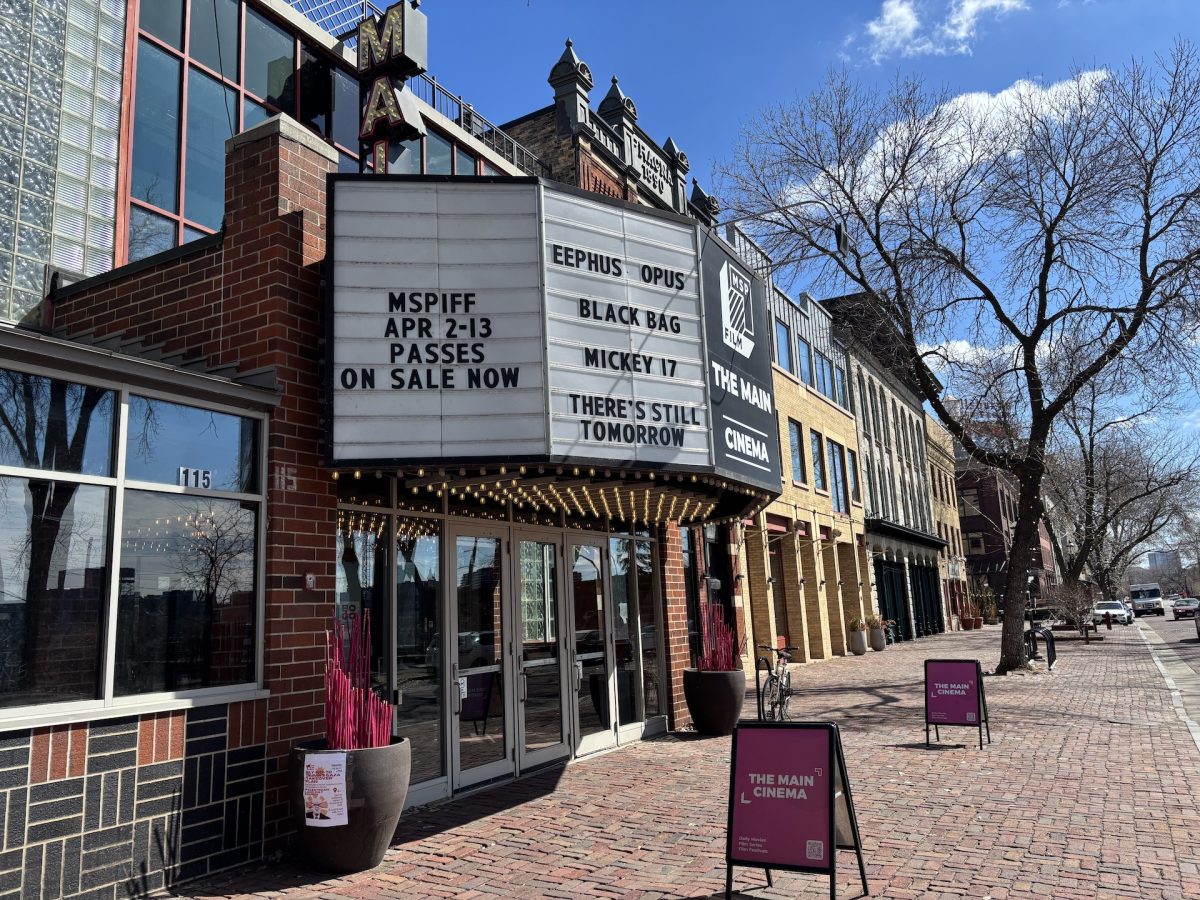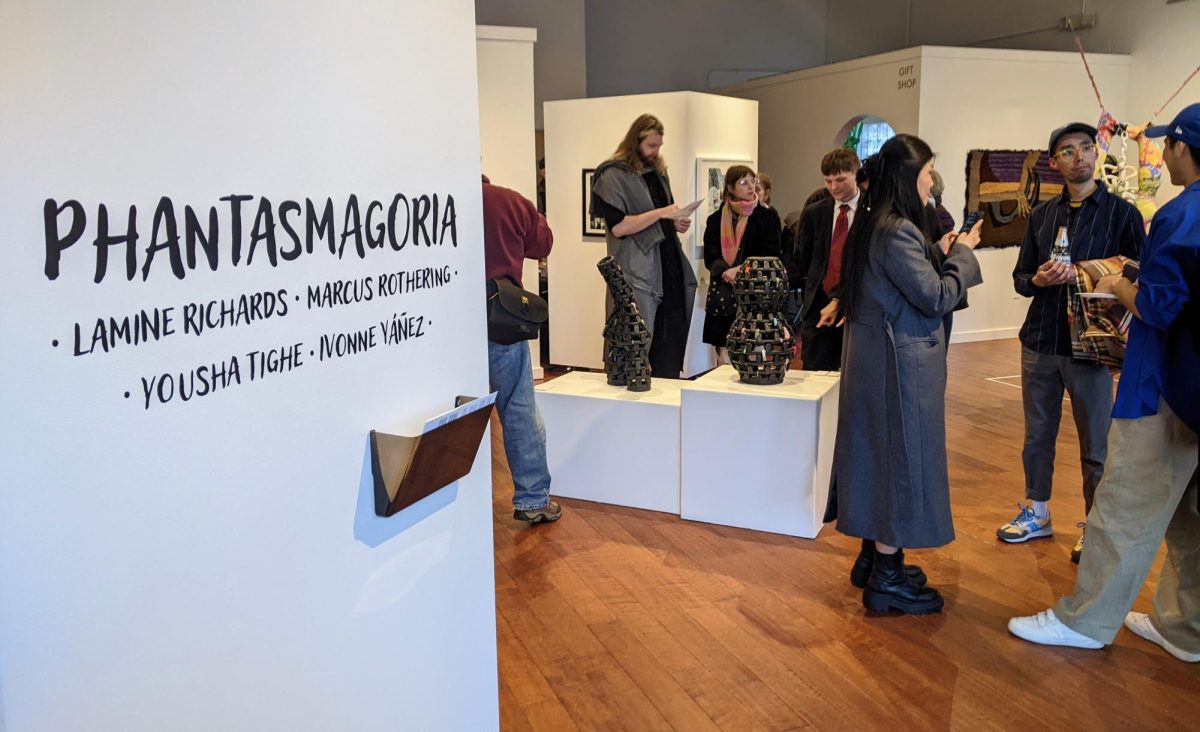Robert Altman films typically focus on theme over plot. He allows scenes to linger and characters to stumble and overlap, which might not advance the plot, but it lets viewers get to know a place and its people. The journey the film takes is more important than the end.
“A Prairie Home Companion” finds this Altman technique at its most extreme, perhaps because of the pairing with writer Garrison Keillor (who plays himself in the film). While the film is centered on Keillor’s famous radio show of the same name, it’s not quite the same show. “A Prairie Home Companion” remains a comedy, musical variety radio show and the film is even set at the actual show’s location, St. Paul’s Fitzgerald Theater, but there are no tales of Keillor’s fictional Lake Wobegon. Despite the absence of Keillor’s best-known story, the film flows with the same pace as Keillor’s comedy – it’s patient, modest, satirical and doesn’t have much of a point.
Altman matches Keillor’s pace by allowing open spaces in the film for actors to yuk it up back and forth. This works well with the sister singing group of Yolanda (Meryl Streep) and Rhonda (Lily Tomlin), a duo that interrupts each other and giggles with stories of growing up in fair-circuit showbiz. And it works even better between singing cowboy twosome Dusty (Woody Harrelson) and Lefty (John C. Reilly), who constantly yank each other’s chains (or reins) and test FCC obscenity rules with dirty jokes, but ones so hokey no one truly could be offended.
The music performed throughout the film provides more meaty substance to chew on while Altman avoids plotlines. Keillor selected a soundtrack of traditional country, folk and gospel hymns, best performed by Keillor and his regular cast of musicians from the show. The big stars of the cast, such as Streep and Tomlin, sing fine, though not brilliantly, and Lindsay Lohan definitely sounds better covering Stevie Nicks songs than folk standards.
The film’s slow meandering has its charms and quirks, but ultimately Altman and Keillor’s journey doesn’t amount to enough of a reward.
The loose plot of the film follows a large Texas-based corporation that has bought the radio station that hosts “A Prairie Home Companion” and plans to ax the show, with a majority of the film concentrating on the very last “Prairie Home Companion” broadcast.
But the end is met with a shrug. When Yolanda asks Keillor how he will say goodbye to his listeners, Keillor replies that every show is the last. Not a single tear escapes from his frozen body. It makes it difficult to mourn the loss of live radio when no one else, including the host, seems to care. Maybe this was Keillor’s attempt to show the cruel nature of the world – you can’t fight the inevitable.
At the film’s press conference, though, no one had (or at least voiced) the opinion that radio was dead. Sure it has seen better days, but as Altman said, “radio has been buried, but it has always been back there.”
In fact, Keillor seemed optimistic about radio’s future with the advent of new methods of broadcasting through satellite, internet and podcasting.
“The show is very un-topical, it doesn’t rely on specific references,” Keillor said, arguing that “Prairie Home Companion” is viable in contemporary radio because its themes are universal, rather than pertaining to pop culture, and therefore anyone can relate.
So this theme of the death of radio comes across as especially lackluster, rather than a poignant commentary on the loss of old traditions.
But death is the theme of the film, and to emphasize that, Virginia Madsen plays a kind of angel of death, appearing backstage to take away an older member of the crew. The angel makes the death theme too obvious and it is disjointed from the rest of the film. In the end, one death is insignificant and the other is a tacky and trite representation.
The theme simply does not work or unite the film, and in the end, “A Prairie Home Companion” is like being alone at a funeral.







